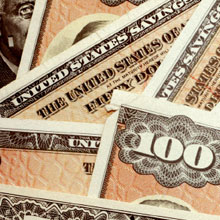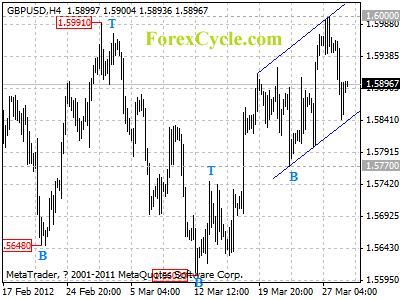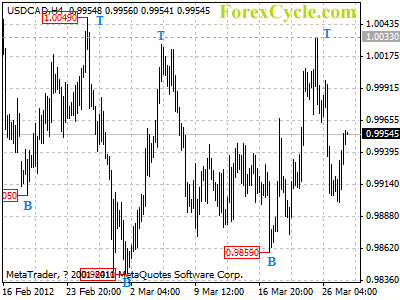By TraderVox.com
 Tradervox (Dublin) – European Finance Ministers have capped the firewall kitty at 500 billion Euros after Germany led a coalition to oppose a further expansion of the region’s firewall power. This comes as a shock to traders who were expecting a consensus in building a larger firewall kitty. However, the 500 billion lending capacity excludes the 300 billion Euros already given to Ireland, Greece, and Portugal.
Tradervox (Dublin) – European Finance Ministers have capped the firewall kitty at 500 billion Euros after Germany led a coalition to oppose a further expansion of the region’s firewall power. This comes as a shock to traders who were expecting a consensus in building a larger firewall kitty. However, the 500 billion lending capacity excludes the 300 billion Euros already given to Ireland, Greece, and Portugal.
Therefore the overall size up to 2013 will be 800 billion Euros but after that the kitty will be at 500 billion Euros. The Finance Ministers did not approve the use of the remaining 240 billion Euros in the EFSF but they indicated that the money would be used to add to the ESM kitty to its full amount of 500 billion dollars.
Austrian Finance Minister Maria Fekter was the first to talk to the press at the meeting indicating that the European leaders have now acted as expected by the IMF and as agreed at the G-20 meeting. Maria Fekter was also quick to add that the sum fixed is important and now the EU is expecting the pledges from the IMF to follow. Euro zone is counting on the pledged amount and the 1 trillion Euros injected by the ECB as a stimulus package.
This new development will affect the bullish trend of the euro as it was expected that the European leaders would endorse an expansion of the kitty to 940 billion Euros. Dutch Finance Minister Jan Kees de Jager indicated that incase the 500 billion in fresh capital is not available the region guarantees the availability of the 240 billion Euros in the EFSF. In reality, this is the only amount that is available excluding the 308 billion Euros that have already been committed to Portugal, Ireland and Greece.
The Chairman of the Finance Ministers meeting canceled his press briefing after the Austrian Finance minster talked to the press before him. Traders are looking forward to a formal statement from the Chairman of the Finance Ministers Jean-Claude Juncker.
Disclaimer
Tradervox.com is not giving advice nor is qualified or licensed to provide financial advice. You must seek guidance from your personal advisors before acting on this information. While we try to ensure that all of the information provided on this website is kept up-to-date and accurate we accept no responsibility for any use made of the information provided. Opinions expressed at Tradervox.com are those of the individual authors and do not necessarily represent the opinion of Tradervox.com or its management.
Article provided by TraderVox.com
Tradervox.com is a Forex News Portal that provides real-time news and analysis relating to the Currency Markets.
News and analysis are produced throughout the day by our in-house staff.
Follow us on twitter: www.twitter.com/tradervox


 Tradervox (Dublin) – The Euro has been on a bearish run against major currencies this week due to the eurozone finance ministers meeting today which is expected to endorse a plan to combine the European Stability Mechanism kitty with that of European Financial Stability Facility. This will be done in a bid to strengthen the region’s financial firewall safeguarding the region’s economy against any crisis like the one for Greece. The idea of combining these two facilities had been vehemently contested by Germany and Ireland; however, these two countries have softened their stand and now they are willing to comprise in order to secure the currency bloc.
Tradervox (Dublin) – The Euro has been on a bearish run against major currencies this week due to the eurozone finance ministers meeting today which is expected to endorse a plan to combine the European Stability Mechanism kitty with that of European Financial Stability Facility. This will be done in a bid to strengthen the region’s financial firewall safeguarding the region’s economy against any crisis like the one for Greece. The idea of combining these two facilities had been vehemently contested by Germany and Ireland; however, these two countries have softened their stand and now they are willing to comprise in order to secure the currency bloc.


